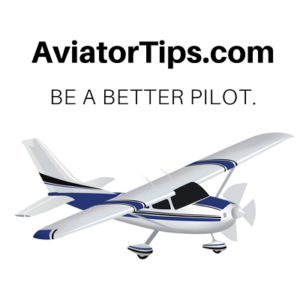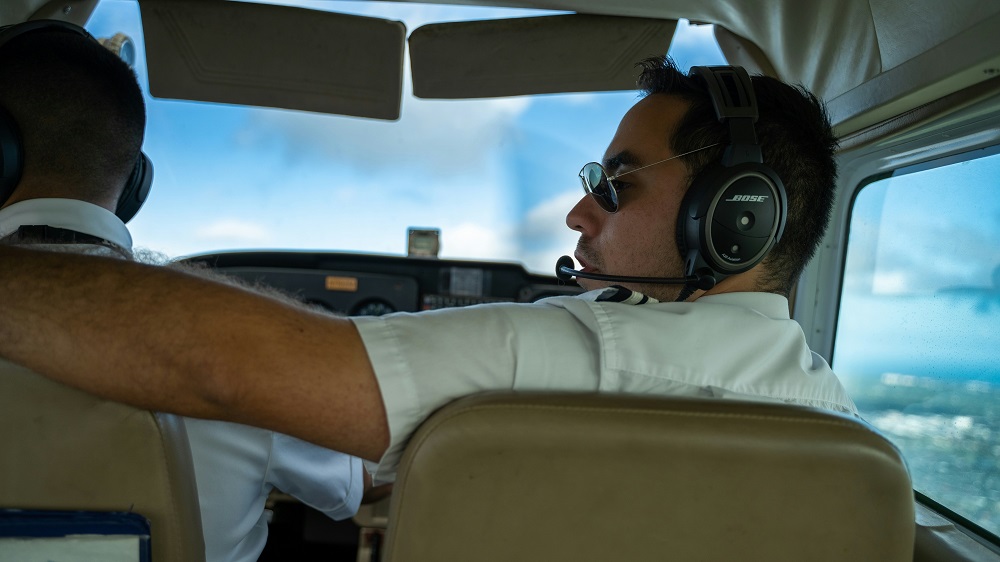For many student pilots, the checkride feels like the final boss of flight training. After months of lessons, ground school, and solo flights, you face the moment of truth: a practical test with a Designated Pilot Examiner, or DPE. It is easy to imagine the DPE as a strict judge, watching your every move, just waiting for a mistake. In reality, though, most DPEs are experienced, fair, and genuinely want you to succeed.
Understanding how DPEs approach flight tests can take much of the fear and mystery out of checkride day. They are not trying to trap you or make the exam unnecessarily hard. Their job is to evaluate whether you meet the standards required to become a certificated pilot, and they do so with professionalism and consistency.
What Is a Designated Pilot Examiner?
A Designated Pilot Examiner is a highly experienced pilot and flight instructor who has been selected and authorized by the FAA to conduct practical tests for pilot certificates and ratings. Although DPEs are not FAA employees, they work closely with the agency and follow strict guidelines laid out in the FAA’s orders and the Airman Certification Standards, or ACS.
DPEs are chosen for their knowledge, professionalism, and reputation. Many have thousands of hours of flight experience and years of teaching under their belts. Their main responsibility is to determine whether an applicant has the skill, knowledge, and judgment to hold a pilot certificate.
What DPEs Are Looking For
When a DPE conducts a checkride, they are not looking for perfection. They are looking for consistency, safety, and sound decision-making. Their evaluation is based on the ACS, which outlines exactly what a pilot must know and do during the checkride.
Here is what they want to see:
- Good Aeronautical Decision Making (ADM): Are you thinking ahead and making safe, logical choices?
- Situational Awareness: Do you understand where you are, what is around you, and what is coming next?
- Aircraft Control: Are you in command of the aircraft during each maneuver and phase of flight?
- Knowledge Application: Can you apply what you have learned in training to real-world flying situations?
- Professionalism and Preparedness: Are you organized, respectful, and ready for the test?
If you demonstrate these traits throughout the checkride, you are likely to earn your certificate, even if you make a small mistake or two along the way.
The Checkride Process: What Happens and Why
Understanding what the checkride involves and why each step matters can help you feel more confident. Let’s walk through the process from start to finish.
Before the Test
Your DPE will begin by verifying your paperwork. This includes:
- Logbook endorsements
- Knowledge test results
- Pilot certificate and medical
- Aircraft documents
They are checking to make sure you are eligible for the test and that the aircraft you will be flying is legal and airworthy.
What the DPE is thinking:
Is this applicant prepared and organized? If they struggle with paperwork and endorsements, it may reflect a lack of attention to detail. This part also helps set the tone for the rest of the checkride.
The Oral Exam
The oral portion of the checkride tests your knowledge of weather, navigation, regulations, airspace, aircraft systems, and performance. You will also be asked to plan a cross-country flight and talk through your decision-making.
What the DPE is thinking:
Can this applicant make safe, informed decisions on the ground before getting into the airplane? Are they thinking like a responsible pilot in command?
DPEs are also assessing how you think, not just what you know. If you do not know an answer, it is better to explain how you would find it than to guess. Using resources like the FAR/AIM or chart supplement is encouraged.
The Flight Test
Once the oral exam is complete, it is time to fly. You will perform a series of maneuvers and procedures listed in the ACS, including:
- Takeoffs and landings
- Navigation and diversion
- Ground reference maneuvers
- Stalls and slow flight
- Emergency procedures
- Instrument and radio navigation
- Use of checklists and cockpit organization
What the DPE is thinking:
Does this applicant maintain positive control of the aircraft at all times? Are they managing the workload, scanning for traffic, and making good decisions?
DPEs do not expect every maneuver to be perfect. They want to see how you handle pressure, how you recover from errors, and whether you can keep the flight safe and under control.
What DPEs Appreciate During a Checkride
DPEs fly with many applicants, and the ones who stand out for the right reasons usually share some common traits:
1. Calm, Confident Demeanor
Pilots who approach the checkride with quiet confidence make a strong impression. They are not arrogant. They are composed, respectful, and ready for the task.
2. Preparedness
A well-prepared applicant shows up early, has their documents in order, and knows the ACS inside and out. They have thought through the cross-country planning and know their aircraft systems and limitations.
3. Good Communication
Throughout the flight, talking through your actions helps the DPE understand your reasoning. For example, “I’m choosing this runway because the wind is 8 knots out of the east, and this runway has the best alignment.”
4. Focus on Safety
Always treat safety as your top priority. Use checklists, verify fuel levels, scan for traffic, and double-check your decisions. This shows maturity and real-world thinking.
5. Use of Resources
Pilots who pull out a chart or reference the POH during the oral exam show that they know how to find answers, not just memorize them.
What Causes Most Checkride Failures
DPEs do not want to fail applicants, but they will if certain critical errors are made. Some common reasons for failure include:
- Losing control of the aircraft
- Not maintaining altitude or heading within ACS limits
- Making unsafe decisions
- Failing to follow checklists or procedures
- Poor communication with the DPE or ATC
- Inability to explain or apply basic concepts during the oral
Failures often happen because the applicant was unprepared or too nervous. It is important to know that if you do not pass, you can review what went wrong, get more training, and retest.
What Happens After the Checkride
At the end of the flight, the DPE will debrief you. If you passed, congratulations! You will receive a temporary certificate on the spot. If you did not pass, the DPE will explain exactly what went wrong and which parts of the ACS you need to revisit. You will only need to retake the portion you failed, not the entire checkride.
What the DPE is thinking:
Did this pilot meet the standards required for certification? If yes, they will happily congratulate you. If not, they will give clear feedback and encourage you to come back when you are ready.
Tips for Success on Checkride Day
- Get a good night’s sleep the night before
- Eat something before the test so you have energy and focus
- Stay hydrated and bring water
- Pack everything the night before: documents, charts, headsets, etc.
- Review your ACS and cross-country plan one last time
- Treat the checkride like a regular flight with a passenger
- Fly safely, think ahead, and stay calm
Final Thoughts
Your checkride is not the final test. It is the first opportunity to demonstrate that you are ready to take full responsibility as a certificated pilot. Knowing what is going through your DPE’s mind helps shift the focus from fear to preparation.
They want to see that you understand how to make good decisions, manage the aircraft, and keep yourself and others safe. The best way to impress them is to fly like the pilot you want to become; confident, capable, and committed to safety.
So take a breath, trust your training, and show them you are ready.
Sources:
– FAA: Airman Certification Standards (ACS) – Private Pilot Airplane
– FAA: Practical Test Standards Handbook
– AOPA: Inside the Checkride
– Sporty’s: Tips from Designated Pilot Examiners
– FAA Order 8900.2: General Aviation Airman Designee Handbook
Recent Posts
FAA MOSAIC Final Rule: What Pilots, Manufacturers, and the Aviation Community Need to Know
Learn how the FAA’s MOSAIC final rule revolutionizes Light-Sport Aircraft certification, expands Sport Pilot privileges, and reshapes general aviation. See what’s changing, when it takes effect,...
Student Pilot Insurance: Essential Coverage for Aspiring Flyers
Discover how student pilot insurance can protect your flying dreams. Get expert tips and coverage options to ensure your safety and peace of mind.


